Native Plant Butterfly Weed (Asclepias tuberosa) for the Garden
Gardening with native plants is a win-win for both you and the environment. For example, Butterfly Weed or Asclepias tuberosa is drought tolerant, animal resistant, attracts bees, hummingbirds, and butterflies, and requires no soil amendment. Native plants are easy-to-grow and Butterfly Weed is one of the easiest that like to be planted in late summer and fall and require minimum of care. Below is an excerpt from my book, the Indiana Getting Started Garden Guide, which will give you an idea on how to plant and grow your very own Butterfly Weed.
- Butterfly Weed Botanical Name – Asclepias tuberosa
- Other Name – Indian Paintbrush, Pleurisy Root
- Bloom Period and Seasonal Colors – Orange to orange-red flowers blooming in summer
- Mature Height x Spread – 1 to 3 feet X 1 to 2 feet
- Botanical Pronunciation – ass-KLEE-pee-us too-bur-O-suh
- Added Benefits – Drought Tolerant, Native Plant, Deer and Rabbit Resistant, Attracts Beneficials, Attracts Hummingbirds
- Sun Requirements – Sun
Smothered with butterflies throughout summer, butterfly weed is a good-looking, sweet-scented plant to use for attracting beneficial insects of all sorts. It is a relative to the common milkweed, but does not have the sticky-sap associated with the taller plant. It is exceptionally drought tolerant and stunning in both native plant gardens and traditional gardens alike. Butterfly weed is native to Midwestern prairies and its bold orange-red flowers can bloom continuously until the first frost if placed in full sun. Hummingbirds love the flowers, but deer will not typically eat it. Butterfly weed’s long tap root was chewed by Native Americans as a cure for pleurisy and other pulmonary ailments giving it the name pleurisy root, however, this practice is not currently recommended as butterfly weed can be quite toxic.
When, Where, and How to Plant – Butterfly weed will grow in most any soil, and in fact, prefers poor soil to rich. Do not plant in areas where water is likely to pool; the native can handle some moisture, but prefers a well drained bed. Amend soil to create proper drainage if necessary. Start either from potted plants or seed. Butterfly weed seed can be started indoors or sown directly in the soil in the fall or early winter, but perform significantly better when exposed to up to six weeks of cold conditions before they will produce growth and can take up to 3 years to develop flowers.
Growing Tips – Be sure you place the butterfly weed in its permanent location because its long tap root is not easily dug up and if it is broken during transplanting the plant often dies. For more abundant flower production, deadhead regularly. There are no regular insect or disease issues.
Advice and Care – This plant is considered poisonous; insects eat the toxins within the nectar and become toxic and distasteful to their natural predators. Be sure to keep small children and animals away from touching or eating the plants as these toxins can harm mammals. New butterfly weed plants may benefit from a weekly watering until the taproot is well established. After that, only water if there is an ongoing drought.
Companion Planting and Design – Because butterfly weed is tolerant of drought and cold, with relative insect resistance, they make an excellent feature plant in a traditional cottage garden or perennial border as well as in wildflower gardens. Butterfly weed makes a fantastic addition to an orange flowering garden that could also feature marigolds, zinnia, coneflower, lilies, and other orange flowering plants. It makes an excellent contribution to a butterfly garden with other plants such as butterfly bush, blazing star, coreopsis, lantana, salvia, and yarrow.
Try These – ‘Gay butterflies’ produces large 6 inch clusters of bold flowers which are good cutting flowers; mixture of red, yellow, orange, and deep rust. ‘Orange’ is the common variety of butterfly weed found most commonly in native planting sites throughout the Midwest. Please get my garden book, the Indiana Getting Started Garden Guide online or at a book store and learn more about natural gardening.
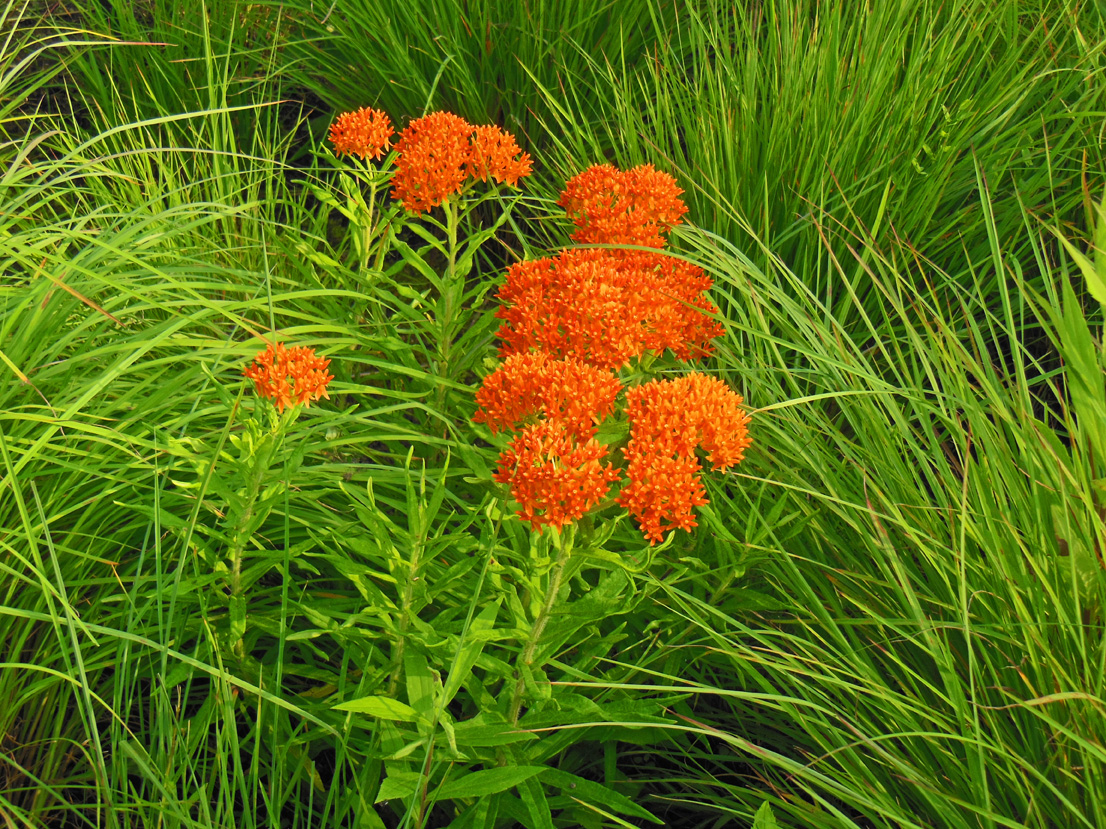

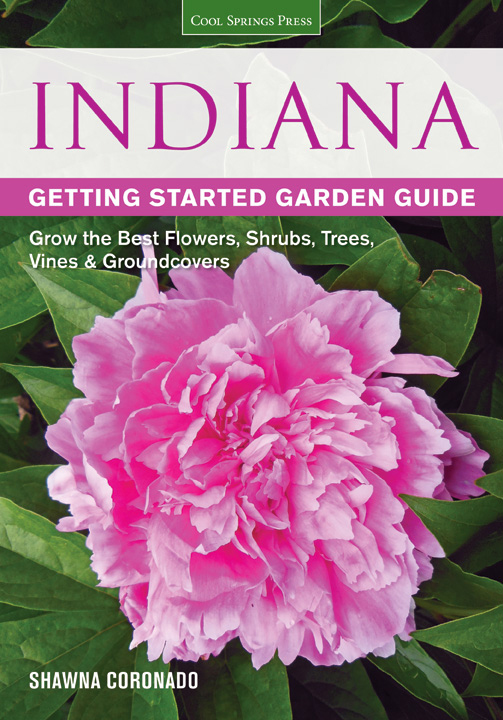
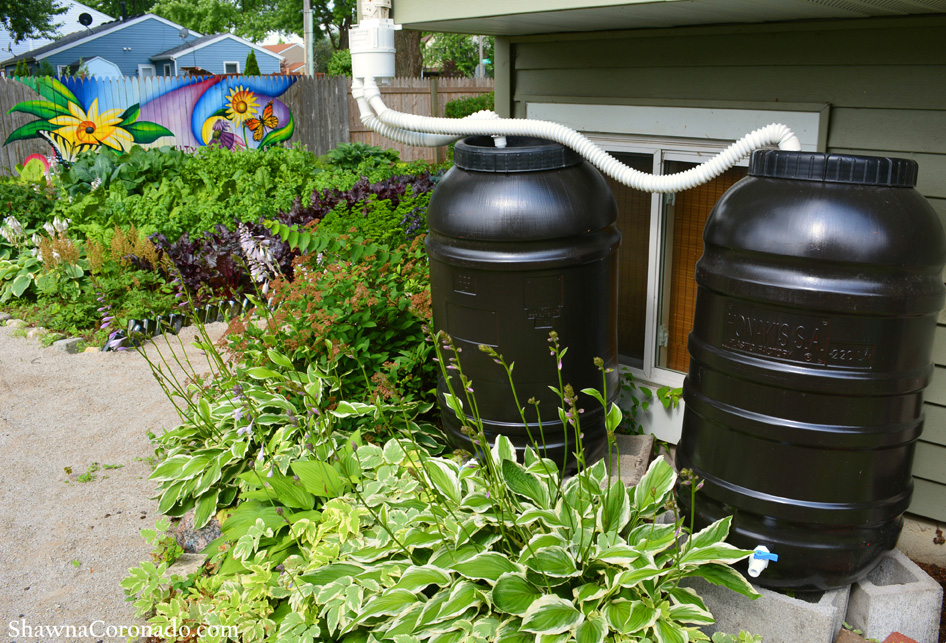

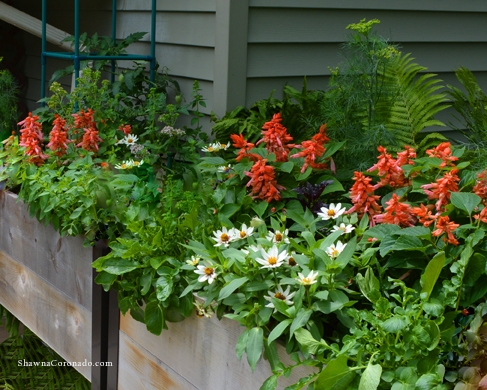
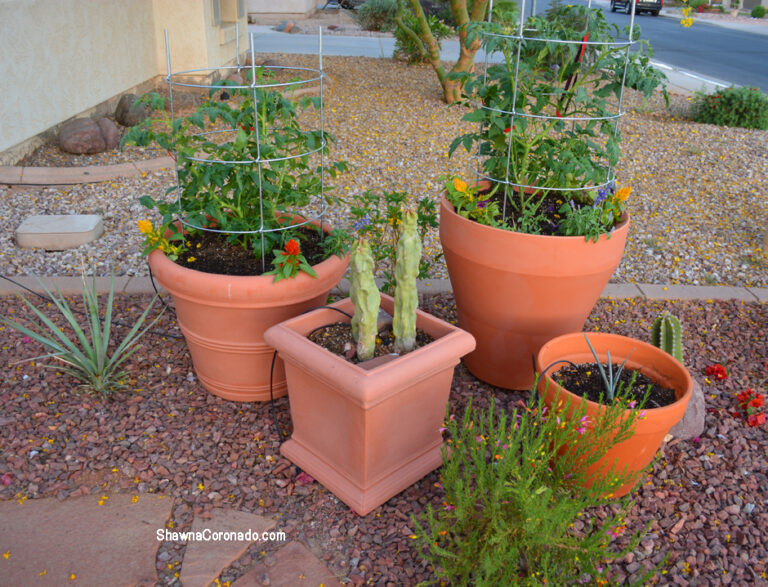
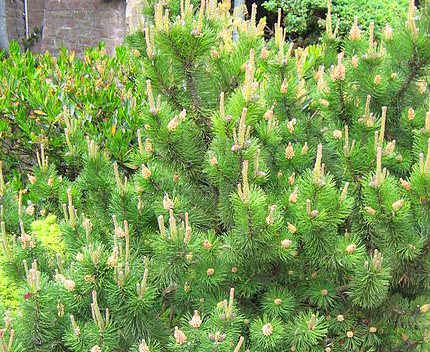
One of my favorite native plants. I have it spreading around the garden, and adore seeing it growing along the roadside.